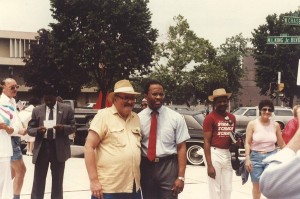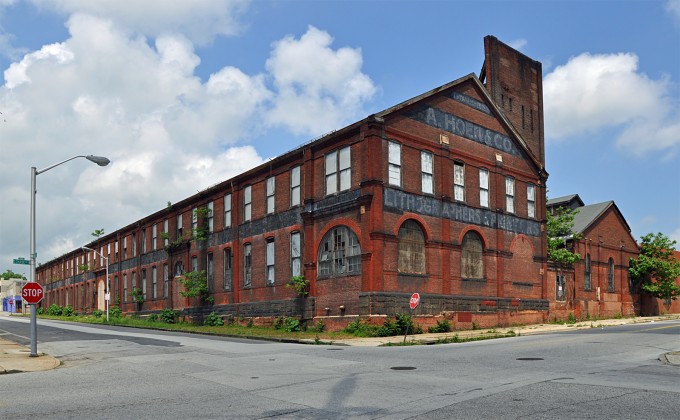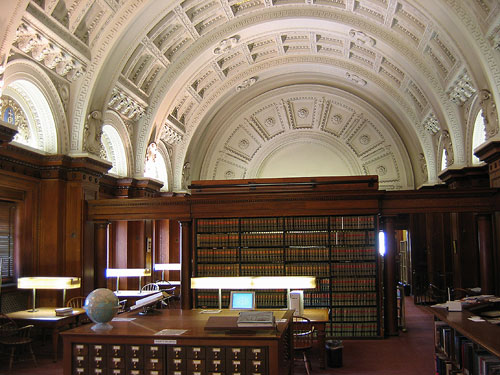The birthplace of American railroading. The site of the first telegraph message in history. The largest collection of 19th-century locomotives in the United States. A National Historic Landmark treasured by every parent of a train-loving child in Baltimore. With this long list of superlatives you don’t need to be a kid to love the B&O Railroad Museum! The nearly 60-year-old museum opened on July 4, 1953 as the Baltimore & Ohio Transportation Museum in the B&O Roundhouse. The Roundhouse, designed by E. Francis Baldwin,was the largest circular industrial building in the world when completed covering more than an acre of ground and rising 125 feet into the air. Regrettably, on an early winter morning just over 10 years ago, disaster struck when the roof of the Roundhouse collapsed under a record-breaking snowfall devastating both the building and the collection.
In the decade since, the B&O has come back stronger than ever and remains a must-see historic site for all Baltimoreans. The museum’s collection includes 250 pieces of railroad rolling stock, 15,000 artifacts, 5000 cubic feet of archival material, four significant 19th-century buildings, including the historic roundhouse, and a mile of track, considered the most historic mile of railroad track in the United States. Join Baltimore Heritage for some wine and cheese and the fascinating history of the B&O Railroad Museum on our latest Behind the Scenes Tour.





